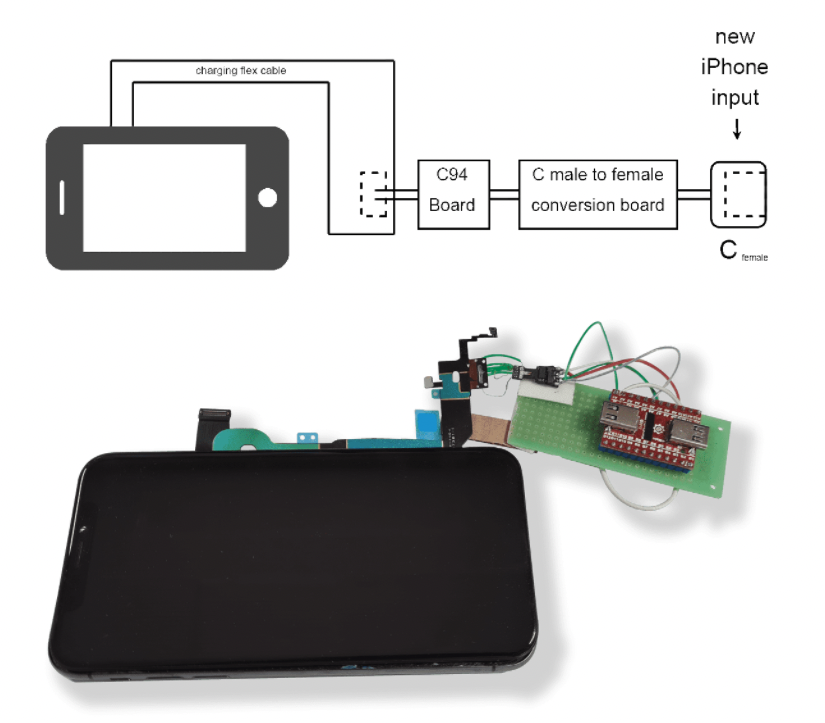While virtually all other manufacturers have switched to the USB-C connector, Apple still clings tooth and nail to its Lightning, which it introduced back in 2012 together with the iPhone 5. At the time, it was certainly a great move, because USB-C is to some extent comes out. But now it's 2021 and, except for wishful thinking, we already have the first iPhone prototype with USB-C.
Ken Pillonel is a robotics engineer who has been waiting in vain for USB-C in iPhones since 2016, when Apple also equipped MacBook Pros with it. He expected it to be a matter of the next generation, but he still didn't make it to the iPhone 13 generation. And as he himself admits, he may not even see it, because regardless of the EU regulation, there is an option where Apple will ditch all connectors and support purely wireless charging.

He therefore took the iPhone X with a Lightning connector and remade it into an iPhone X with a USB-C connector - the first and quite possibly the last iPhone to be equipped with it. It supports not only charging, but also data transfers. To capitalize on his work, he posted this prototype, which you must not update, completely delete, open or repair (otherwise the creator does not guarantee its functionality), on eBay. And he auctioned it off for a respectable $86 (approx. CZK 001). His work really paid off, but don't think that it was all about replacing the connector and using solder (although that was also involved).
It could be interest you

Complex and complex work
Kenny Pi shared a 14-minute video on his YouTube channel in which he shows the process of customizing an iPhone. So yes, you can customize yours too, and no, it won't be easy, even if you know how. Pillonel had to create a Lightning to USB-C adapter so miniaturized that it would fit into the iPhone at all. Part of the process also requires reverse-engineering a Lightning connector chip labeled C94, which is used to manage power to devices and identify certified Lightning cables and other accessories.
Of course, Ken Pillonel started by looking for compatibility. It was practically based on a simple reduction of Lightning to USB-C. If it works, his solution should work as well. But the main challenge was its maximum miniaturization. But it was practically impossible to disassemble the original Lightning connector, so he resorted to third-party manufacturers who do not make it as complex. Even so, he then had to "shave" it down to the marrow. However, after various complex and very complicated tests for a layman, he found that everything works as he really imagines. Only after that came the solution of the space inside the iPhone and finding out the true flexibility of the flex cable. Machining a larger passage for USB-C instead of Lightning was the smallest thing.